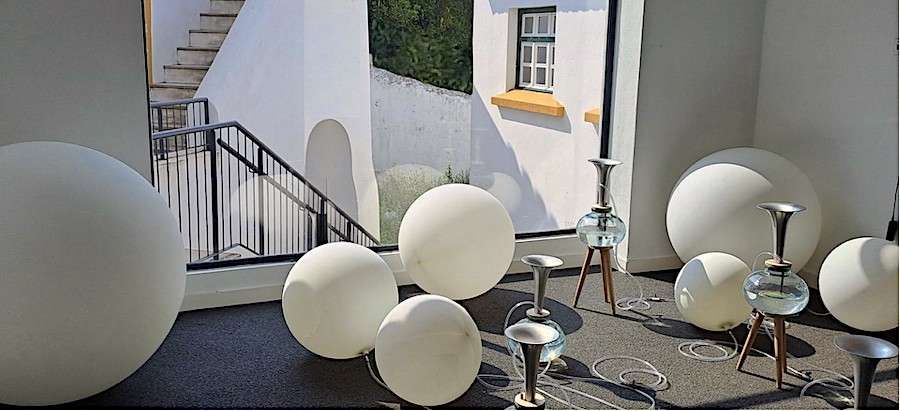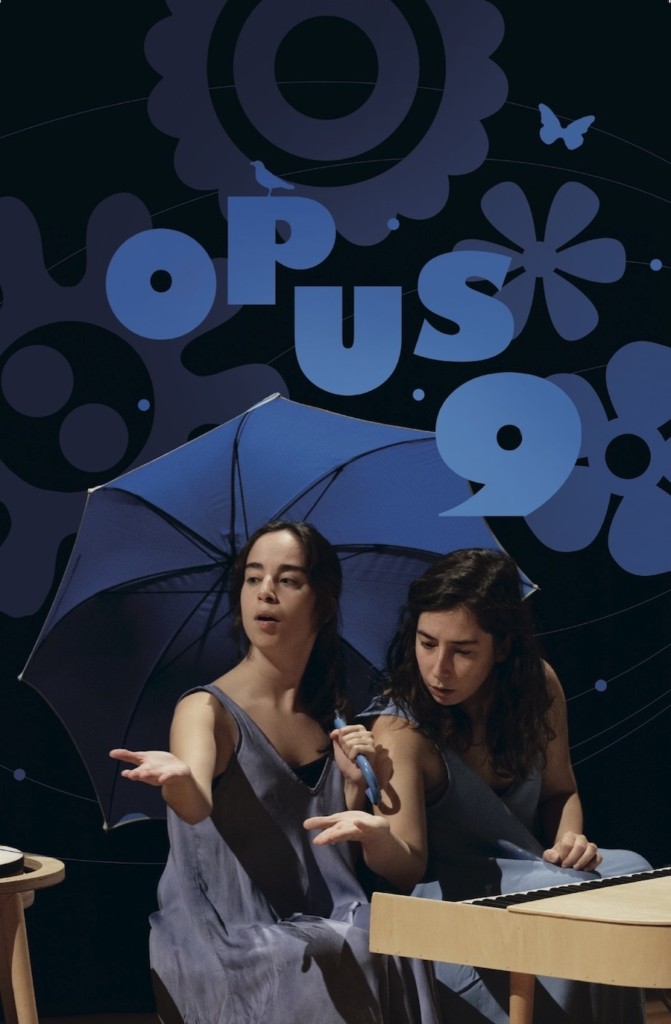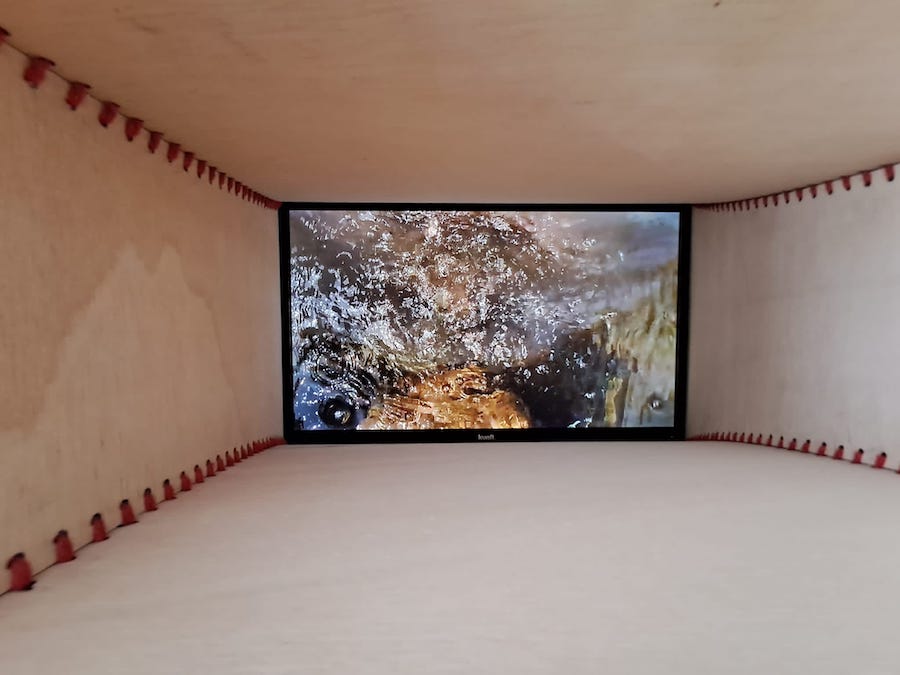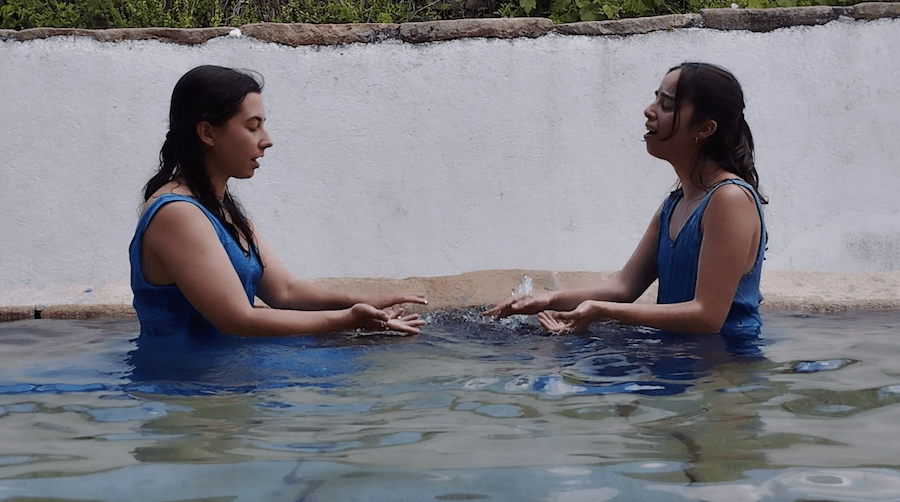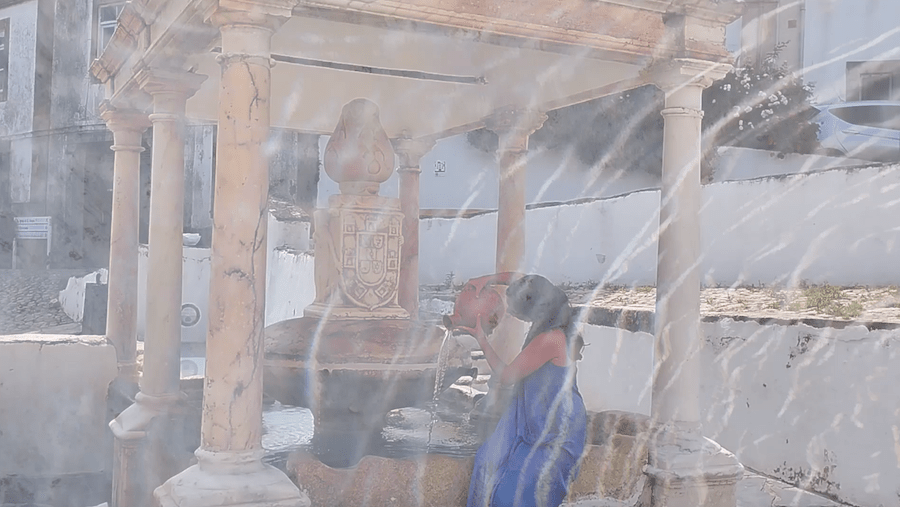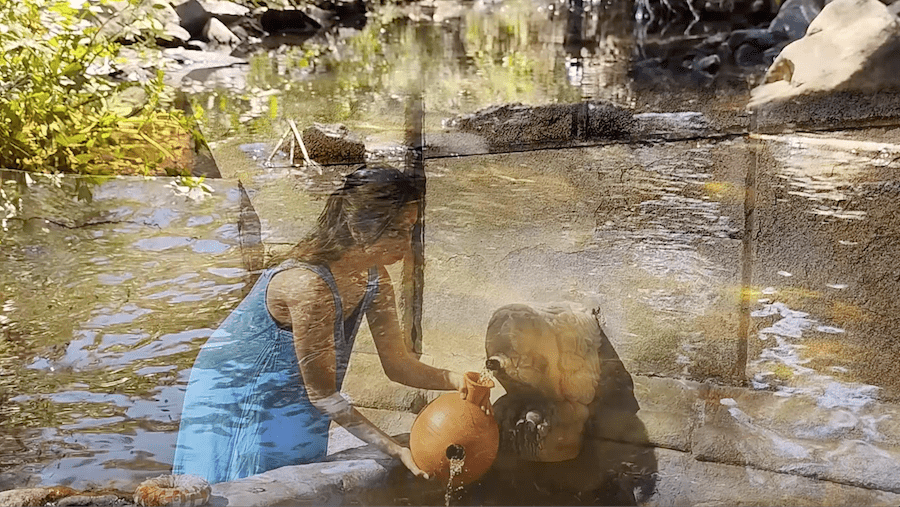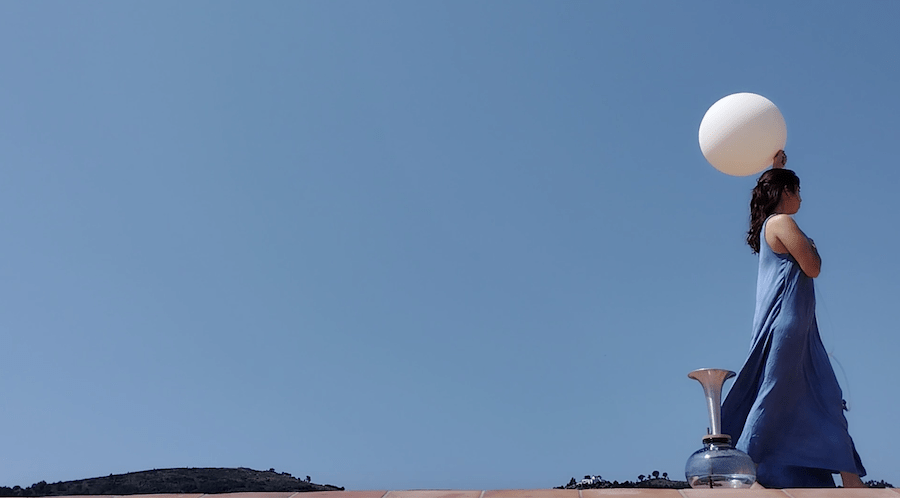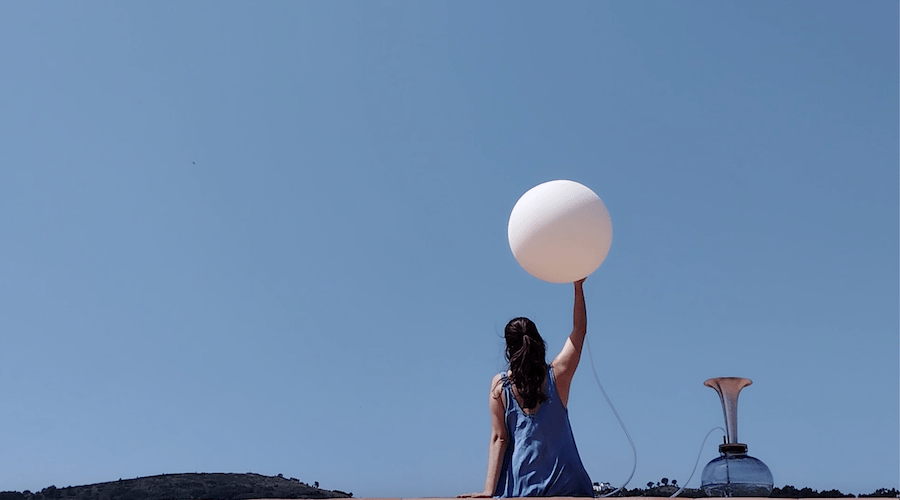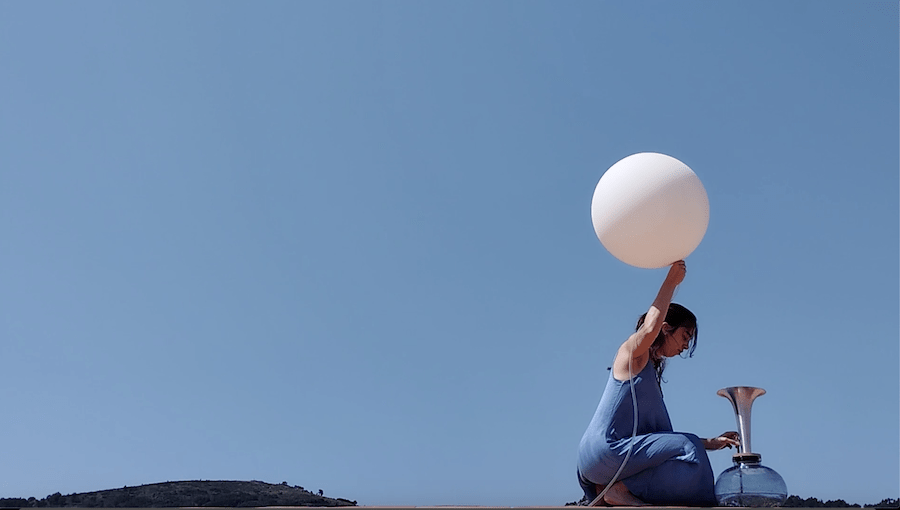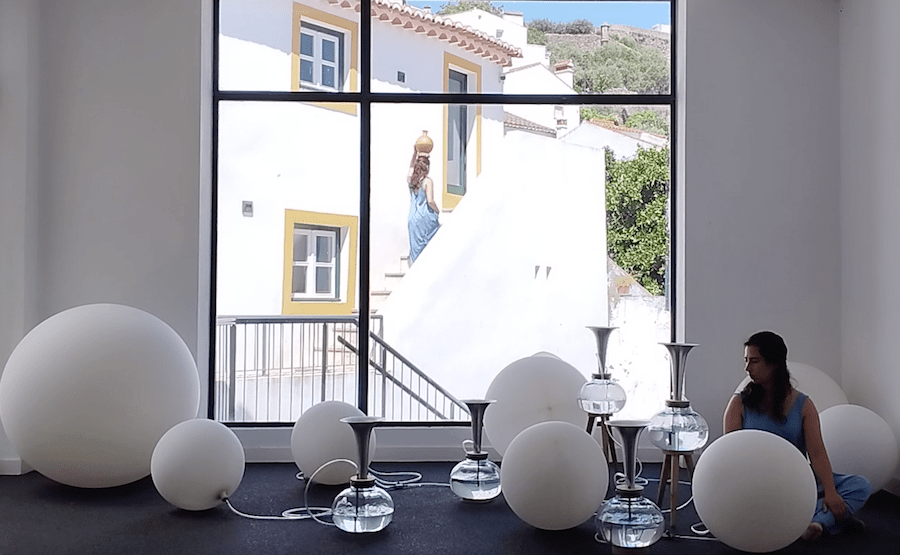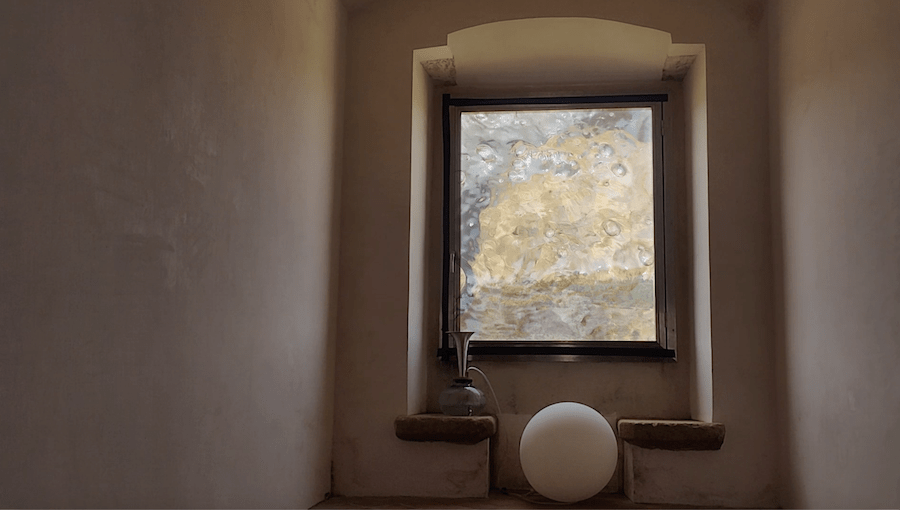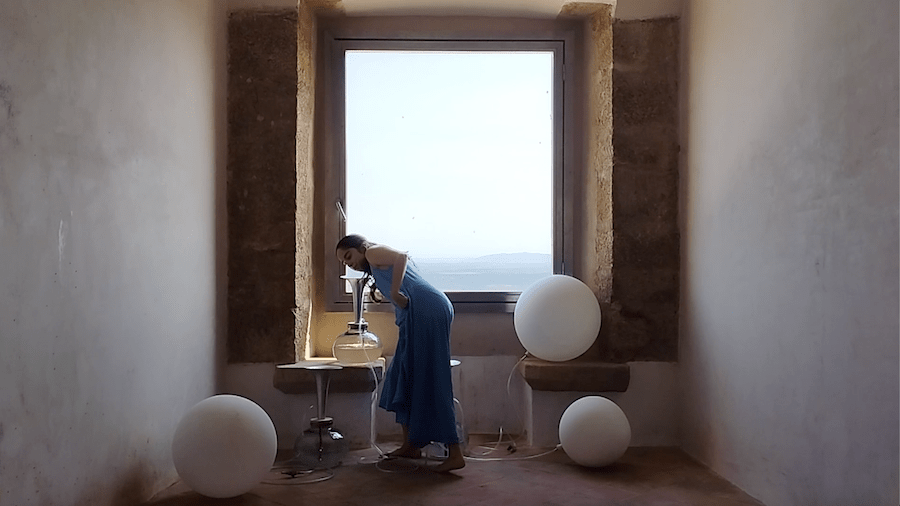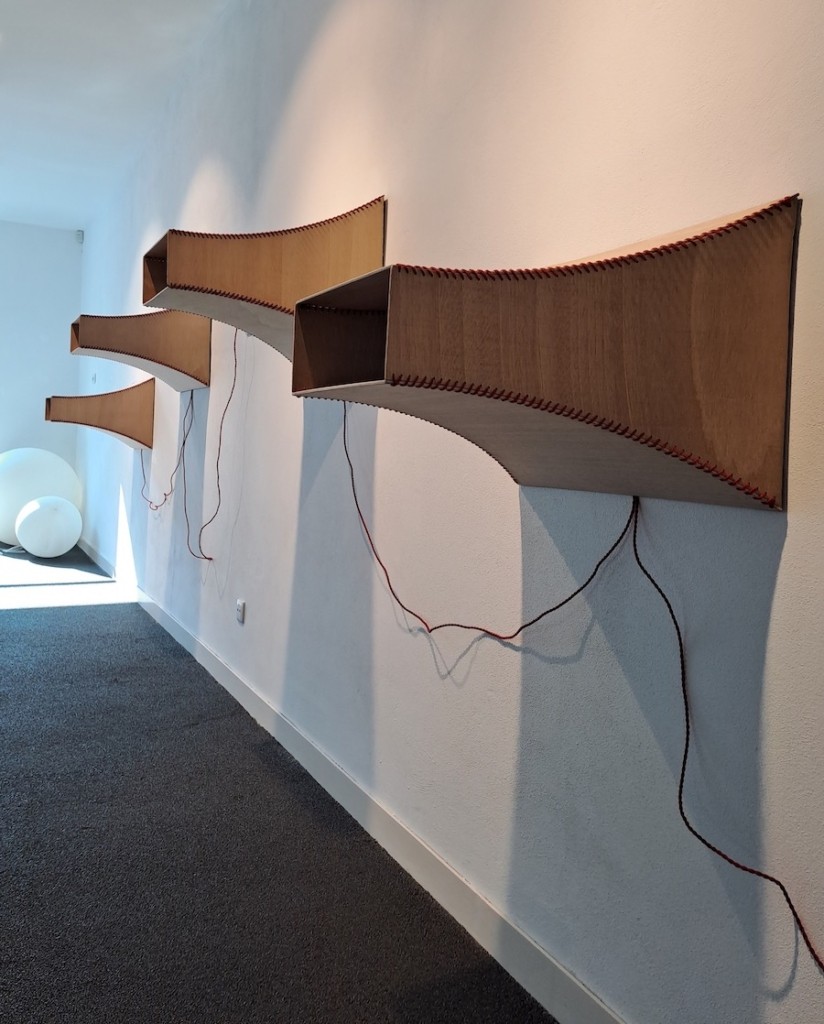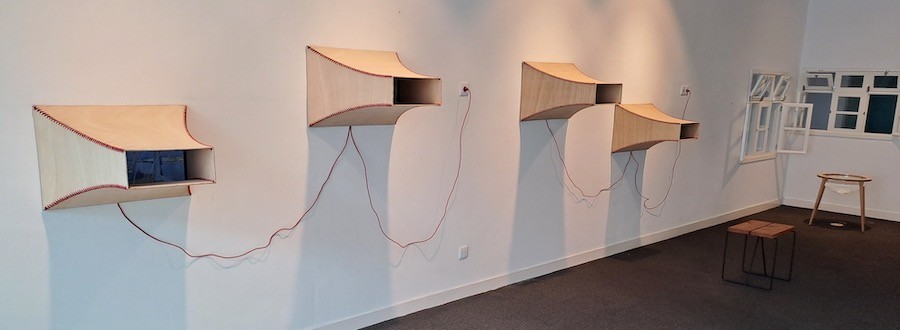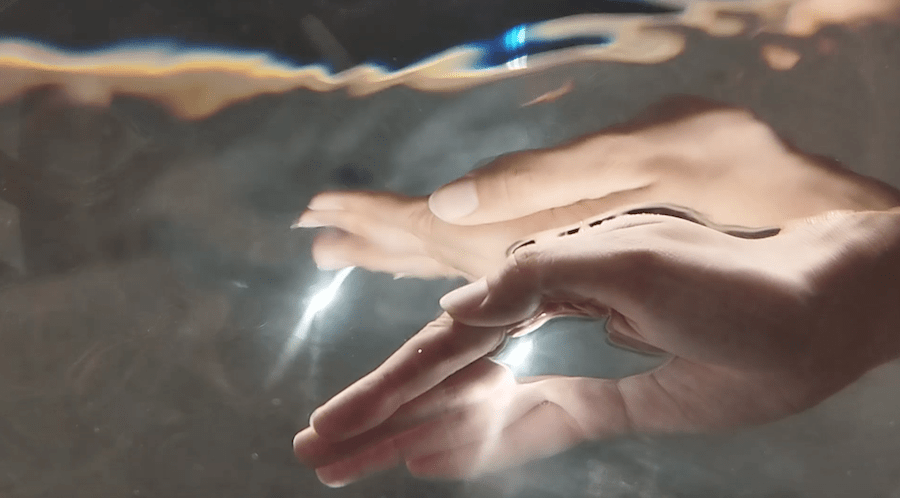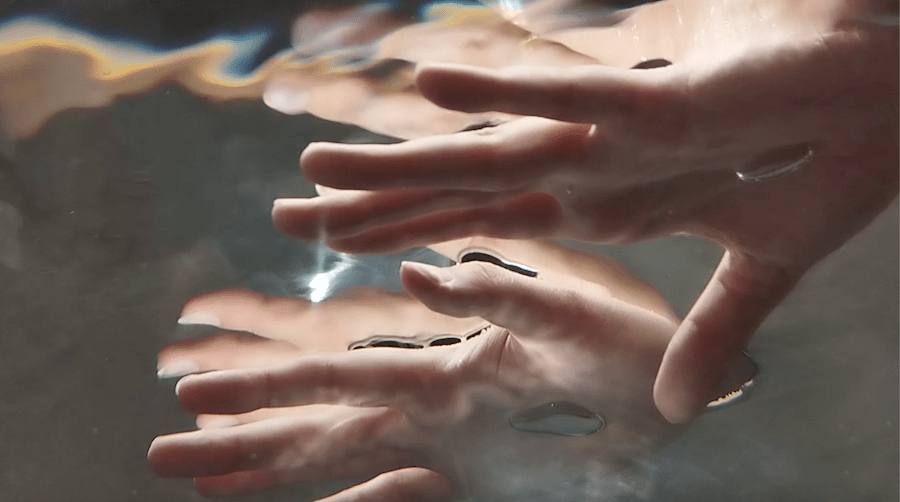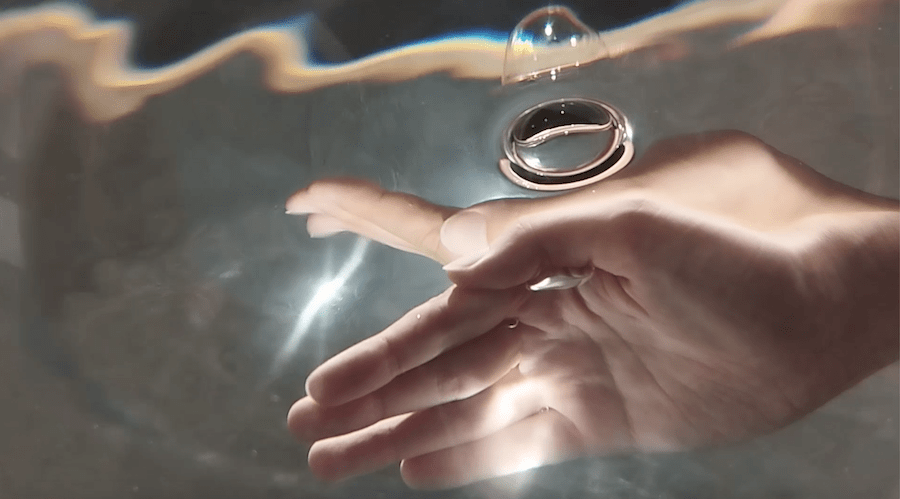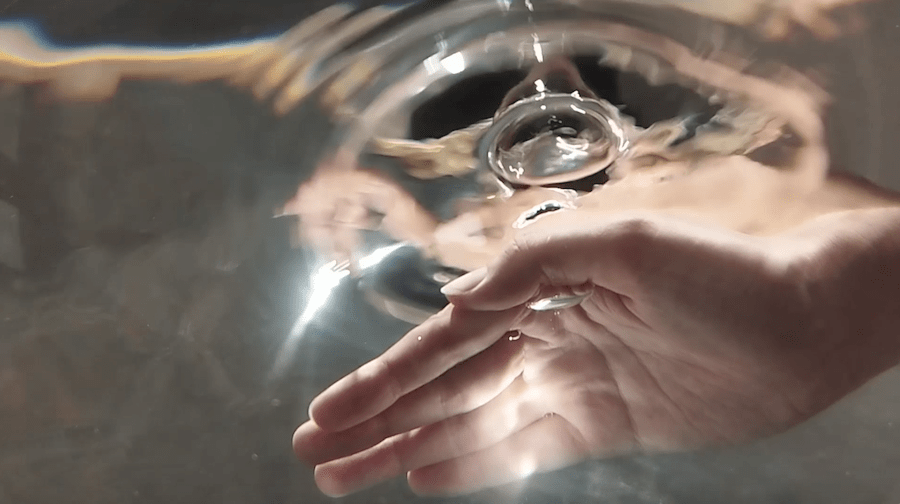Aguário began as the name of a piece of theatrical music for the “big stage”: a set of “performative poems” where the multiple voices of water and the beings that inhabit it are mixed with the piano, the human voice, the body and movement, image projection and scenic objects. Water, an essential element of life, very scarce and increasingly important for our survival on the fragile planet we inhabit, took the stage, became the “main character”, “artistic matter” that is shaped as a stroke, gesture, sound , flowing in time and space. It is in the “nature of water” to connect everything and everyone, to take various forms, to be a “source”, “rivers”, “sea” and therefore from Aguário emerged, shortly afterwards, other artistic experiences, namely PaPI-Opus 9 and Oficinas da Água . This is how the constellation Aguário was born, and from Famalicão to Loulé, Aveiro, Évora, Santarém, Fundão, Paredes de Coura or Belo Horizonte its “voice” was “running” over time. Upon reaching Castelo de Vid, the water decided to take yet another form, the Acuarumori installation.
Castelo de Vide is one of the municipalities with which we have signed collaboration protocols that allow us to deepen intrinsic aspects of the CMT’s philosophy, namely the idea of art as a tool for human development (and, therefore, attentive to the needs of different social contexts and committed to decentralization and expanded access to the “art experience”); an interest in developing artistic experiences that contribute to greater environmental awareness, to “listening” to what surrounds us (in the broad sense). Castelo de Vide has a “unique relationship” with Water, which is expressed through deep marks on the landscape, history, culture, people’s lives. In recent years, with the creation of the Festival da Água e do Tempo-Clepsidra, Castelo de Vide has placed Água on the roadmap of artistic creation, cultural programming and community involvement. CMT’s presence at the Festival this year takes place with three elements from the constellation Aguário: the installation Acquarumori (a new creation), Oficinas da Agua and the music-theatre piece PaPI-Opus 9. The three experiences take place in the Sala de Exposições Temporárias do Centro de Interpretação Garcia de Orta, a symbolic space where the history of the Castelo de Vide Baths can still be seen, heard and imagined through the fountain that continues to “sing”.
The Acquarumori installation is an invitation to listen and look, to discover the multiple voices of water, to raise awareness of the importance of water in the life of the entire Planet, starting with the territories that are most familiar to us. The Castelo de Vide Baths space is the starting point for the creation of a sonic and visual experience in which the universe of Aguário’s creation “dialogues” with the “memories” of the Baths and also with the “performative listening” of the sources and other manifestations of Water in Castelo de Vide. In addition to objects that are part of Aguário / Opus 9, the installation includes a very important audiovisual component where the “rumors” of memories of artistic experiences intersect with memories of the territory. The installation is the result of an artistic residency that preceded the beginning of the Festival da Água e do Tempo-Clepsidra and of an evolution that will take place during the workshops Oficinas da Água, since it is also intended to be a creative process open to community participation.
The workshops Oficinas da Água are an open format based on the idea of an “artistic residency”: a multidisciplinary artist works with a group of people and over a defined period of time together with the host entity, exploring tools and expressive territories that are intended to based on the Aguário performing piece. At Oficinas da Água, ideas and artistic languages (music, image, movement) are combined to poetically address the “matter” without which life, as we know it, is not possible. Water is part of us and is an increasingly scarce and precious commodity. Working with water as an artistic material is not only a starting point for the development of expression and creativity, but also a way of raising awareness of the importance of taking care of each other and the Planet that is our home.
PaPI-Opus 9 is a journey through the world of water. Built from the mother-piece Aguário, PaPI-Opus 9 is an experience for babies and young children in a very intimate format that encourages attentive listening and interaction. Water, the fundamental element of the scenery, is approached as an artistic and playful material that can be molded as a trace, gesture, sound, flowing in time and space. The sound of manipulation of scenic elements intersects with imaginary soundscapes built with recorded sounds; raindrops, sea waves, fountains and rivers, whales and icebergs are part of a universal language of which voice and movement are also part. Conversations in “agualim”, one of the dialects of the song whose dictionary is yet to be made, and that’s just as well.
— Registration and additional information at Posto de Turismo da Câmara Municipal de Castelo de Vide
